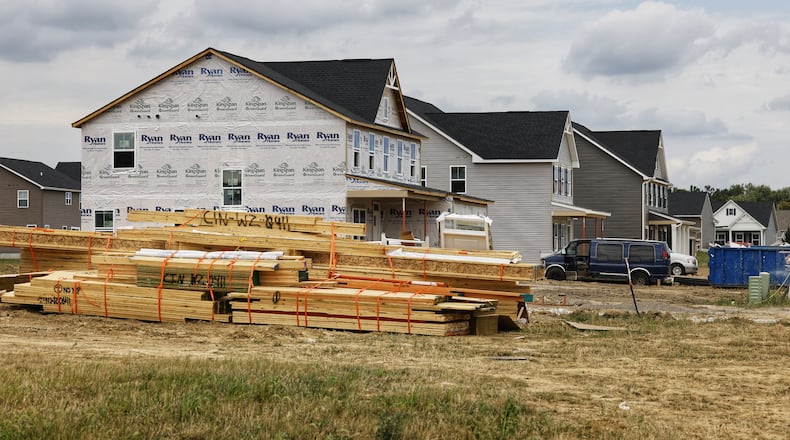All of Butler County’s cities grew, led by Monroe at 23.9 percent; Trenton, 9.7 percent; and Oxford, 7.8 percent.
“The city of Monroe was excited to see the numbers,” said William Brock, the city manager and city engineer. “We believe that we have sustained a growth that was consistent with our planning and projections. We are currently in the process of updating our Comprehensive Plan, which will help define the outlook for the next 10 years.”
Among the larger cities, Hamilton grew by 1.5 percent (922 people) to 63,399; with Middletown gaining 4.7 percent to 50,987; and Fairfield growing 5.6 percent for a population of 44,907.
Hamilton’s population was its largest recorded in a census since it had 67,865 in 1970. In 1980, the city had an estimated 63,189 residents before slipping further during the 1980s and 1990s, and then gaining 2.9 percent by the 2010 census.
The growth was good news for Middletown, which recorded its largest population since the 2000 census.
“I believe it says that the profound growth of owner occupied, single-family housing subdivisions that have been built in Middletown are attracting a new population who are excited about the future of Middletown,” said City Manager Jim Palenick.
Over the next decade, he predicted, “With all of the exciting development projects and reinvestment currently underway within Middletown, a dramatic increase in population within city limits is in our future.”
Local governments generally are pleased when their populations grow because it shows people want to live there, and also gives them better chances to win state and federal funds.
Oxford City Manager Doug Elliott said his city’s growth was mainly because of increased growth of Miami University.
“Although I have not seen the results by age breakdown, I would expect that much of the population growth in Oxford is due to Miami University’s increasing enrollment over that period of time,” Elliott said. “For example, Miami’s total Fall enrollment on the Oxford Campus was 16,359 in 2010 and 18,656 in 2020.”
In Monroe, Brock noted planning for Monroe’s next decade will start with a public hearing 6 p.m. Tuesday about the city’s draft growth plan, which can be seen at AdvanceMonroe.com.
“The plan proposes new residential districts and contemplates continued growth to between 18k-20k in population,” from 15,412 now, Brock said. “Our hope is that this process is as successful as our last comprehensive planning process, which helped guide us to this point.”
Meanwhile, a city that is partly located in Butler County, Sharonville, also grew, increasing by 4.1 percent to 14,11y residents.
Other area cities include Franklin, which lost 0.7 percent (81 people); Lebanon, which gained 4 percent; Mason, up 13.3 percent; and Springboro, up 9.5 percent.
About the Author

